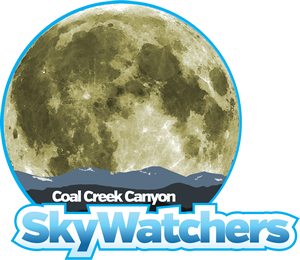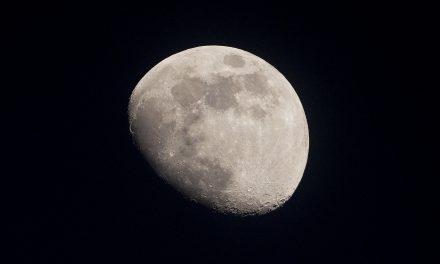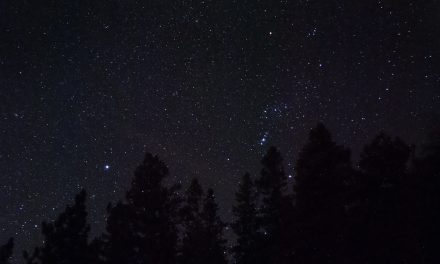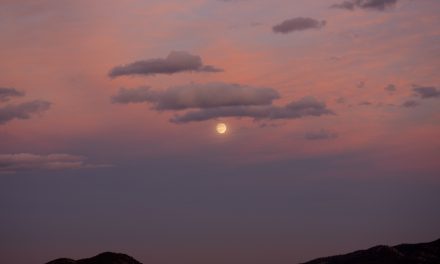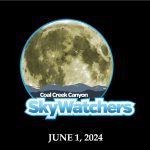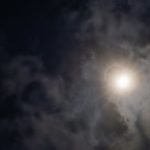Blog
Of Venus and MeteorsVenus is fast becoming the brightest object in the evening sky in December. It reappeared in the evening sky in November quickly overtaking Jupiter as the first “star” to appear after sunset. Over the course of December watch Venus as it climbs in the sky setting later and later each night. There was a spectacular meeting of Jupiter and Venus, called a conjunction, in November. On December 10, Venus and Saturn nearly join. On the 13th, though impossible to see, is a conjunction of Venus and Pluto. And always of interest is when Venus and the Moon meet which occurs on December 28th. Saturn and the Moon are close together on the 27th.
Another interesting thing about December is the sheer number of minor meteor showers. We are used to hearing about the Geminids, which occur around the 14th. But if you’re up for a challenge check out the Pheonicid meteor shower on December 2nd. The shower’s radiant, where the meteors appear to originate, is in the constellation Phoenix which is just below the southern horizon. But a few meteors may be visible. On December 6th, we have the phi-Casseopeid meteor shower (will be drowned out by the Moon) and on December 7th, is the Puppid-Velid meteor shower. Dec 9th shows the Monocerotid meteor shower with the sigma-Hydrid shoer on December 12th. The third week of the month presents the Comae Berenicid meteor shower (16th) and the Leonis Minorid meteor shower. One of the biggest meteor showers of the month occurs on the 23rd. The Ursid meteor shower emanates from Ursa Minor (the Little Bear) with about 10 meteors per hour. The best time to see this shower is just before dawn.
Venus rises higher and higher each night overtaking Saturn on December 13th. Jupiter sinks closer to the Sun each night ultimately becoming lost in the setting Sun in the fourth week. Mars is found in the morning sky rising at about 5 am at the beginning of the month.
